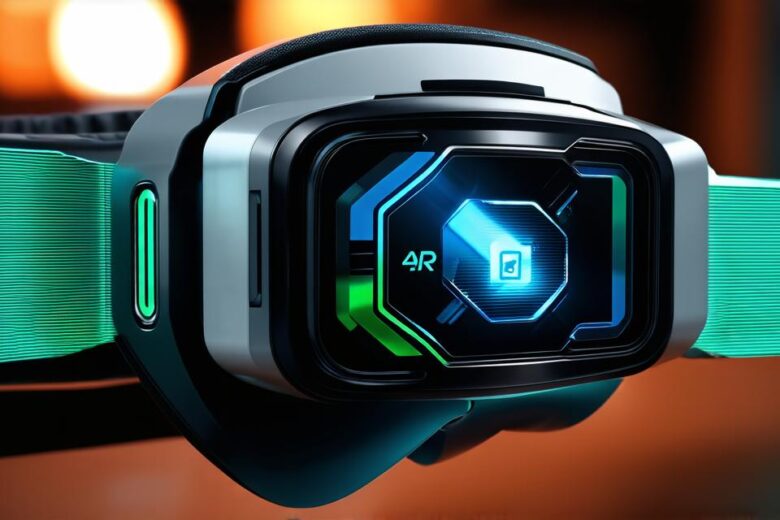Augmented reality (AR) is a technology that overlays digital information onto the real world. It has been around for decades, but it wasn’t until recently that AR became mainstream.
The Early Days of Augmented Reality
AR can be traced back to the 1960s, when researchers at MIT developed a prototype called the “Sword of Damocles.” This device was a head-mounted display that projected a 3D image of a sword in front of the user. The goal of the Sword of Damocles was to create an immersive experience for the user, and it laid the groundwork for future AR technologies.
In the 1980s, researchers at the University of Illinois developed a system called “ARToolKit,” which allowed developers to create interactive applications that overlaid digital information onto the real world. This system was used in a variety of fields, including education, entertainment, and healthcare.
The Rise of Augmented Reality
Despite these early developments, it wasn’t until the 21st century that AR really took off. In 2009, Apple introduced its App Store, which opened up a whole new world of possibilities for mobile app development. AR apps quickly became popular, with millions of users downloading apps like “Ingress,” “Pokemon Go,” and “Snapchat Lenses.”

These apps used the camera on the user’s smartphone to overlay digital information onto the real world. For example, Ingress turned the user’s surroundings into a virtual battlefield, while Pokemon Go allowed users to catch virtual creatures in real-world locations. Snapchat Lenses added filters and effects to photos, making them more engaging and shareable.
The Evolution of Augmented Reality
Since its early days, AR has continued to evolve and improve. Today, there are many different types of AR technologies, including:
- Mobile AR: This is the most common type of AR, and it uses the camera on a smartphone or tablet to overlay digital information onto the real world.
- Wearable AR: This type of AR is worn on the user’s head or body, allowing for more immersive experiences. Examples include Google Glass and the HoloLens.
- Stationary AR: This type of AR is used in fixed locations, such as museums or theme parks. It typically uses projectors to overlay digital information onto physical surfaces.
AR has also become more sophisticated, with developers using advanced technologies like machine learning and computer vision to create more realistic and interactive experiences.
Case Studies: Real-World Examples of Augmented Reality
There are many different industries that are using AR to improve their products and services. Here are a few examples:
- Healthcare: AR is being used in healthcare to help doctors and nurses perform surgeries and other procedures more accurately and efficiently. For example, the da Vinci surgical system uses AR to guide surgeons during minimally invasive procedures.
- Retail: AR is being used in retail to create virtual try-on experiences for clothing and makeup. For example, Sephora’s “Virtual Artist” app allows users to see how different shades of makeup will look on their face before they buy them.
- Education: AR is being used in education to make learning more engaging and interactive. For example, the AR app “Aurasma” allows students to explore historical sites and monuments in 3D.
The Future of Augmented Reality
AR is still a relatively new technology, but it has already had a huge impact on many industries. As technology continues to advance, we can expect to see even more exciting and innovative uses for AR in the future.
For example, AR could be used to create interactive training simulations for military personnel, or to help architects visualize and design buildings in 3D before they are constructed.
In conclusion, augmented reality is a rapidly evolving technology that has already had a huge impact on many industries. From healthcare to retail to education, AR is being used to improve products and services in a variety of ways. As technology continues to advance, we can expect to see even more exciting and innovative uses for AR in the future.
